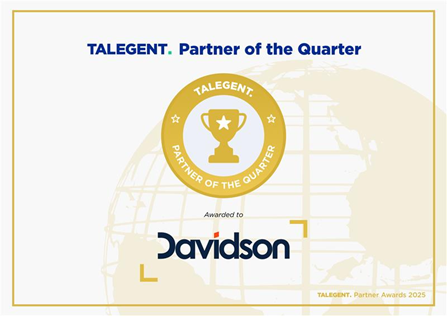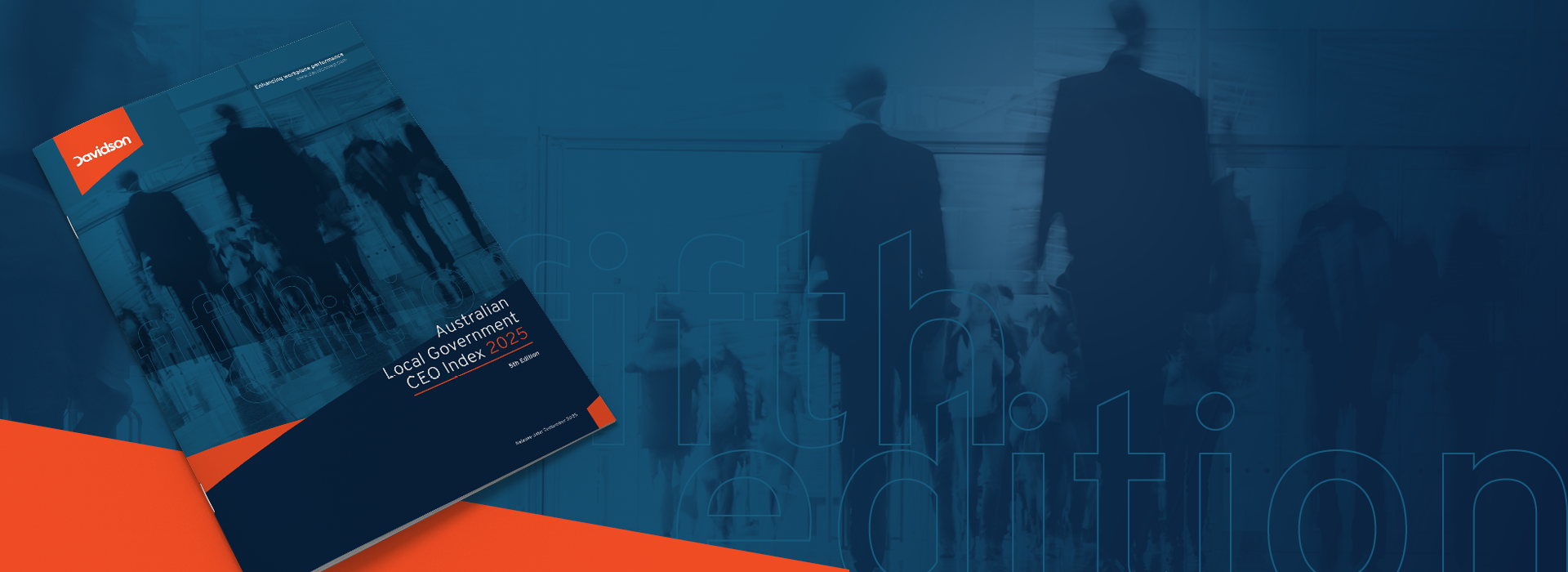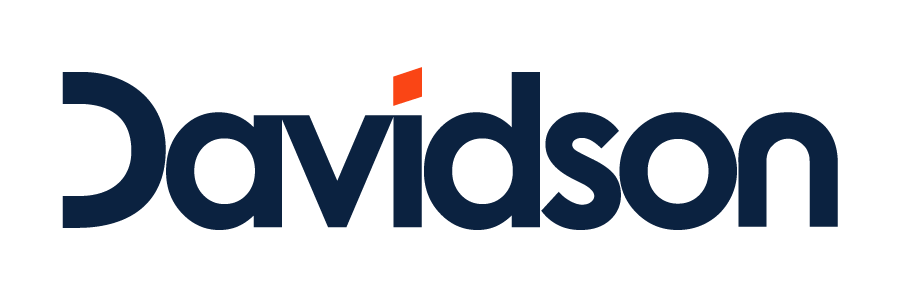Sourcing staff who will stay safe
Injuries and accidents on the job are often described as a result of multiple complex factors, such as organisational safety culture, systems and processes and a range of ever-changing situational factors.
Organisations spend millions of dollars every year on trying to get each of these elements right but sometimes still get it wrong.
Despite the big spend on addressing these issues, and a subsequent uplift in safety performance, many of our client’s report their safety statistics plateau after an initial improvement.
To figure out why this continued to happen, we decided to investigate why and what personality traits and characteristics are likely to make an employee a higher safety risk.
Our four-year research project showed that behaviour is actually driven by both mindset and abilities. The BAM (behaviour-abilities-mindset) principles are the foundation for Davidson’s safety assessment approach and it is driving remarkable results for our clients.
Research has shown that the mindset of an individual (am I responsible for safety or is my organisation/others?), their personality traits and abilities all contribute to how aware individuals are of safety.
We have found that some individuals are more hard-wired for safety than others. You need only look at an energetic, rambunctious child who is keen to explore and discover (and hurt themselves) as opposed to a child who is much more tentative and aware of their personal safety.
Adults in the workplace are the same. Some are more likely to see workplace hazards and practice safe behaviour while others will not even though both receive the same level of training and instruction.
To date, we have found organisations who adopt Davidson’s safety assessment (and not hire the lowest 25th percentile into safety critical roles), report a 51% reduction in workplace injuries.
Additionally, employees who pass our safety assessment are 71%* more likely to lodge a near miss incident report and are six times more likely to report a workplace hazard. In addition to increased safety performance and culture, financial savings have also come in the form of dramatically reduced workers compensation claims – sometimes into the millions.
(*Research is based on independently validated QUT studies with over 5,500 candidates)
The traits and abilities we measure are grouped into broad, psychological safety factors that consistently are associated with safety-related competencies. These are:
- Compliant
- Composed
- Dependable
- Risk-conscious
- Understands instructions
- Zero harm attitude
This can be taken a step further with the ability to cross-reference the safety awareness of an individual and their suitability for a specific role by producing unique psychological profiles when it comes to personal safety.
In the same way you want to know the staff you are hiring are right for the job, you also want to know they are the safest people for the job and are less likely to jeopardise their own safety or that of colleagues.
Finding the right candidate from a safety perspective is supported by a number of psychomotor modules specific to each role.
Putting rigour around how we select and recruit can represent a relatively minimal investment for an organisation that wants to really change the profile of their workforce and get significant safety and profit uplift.
This approach is a great way for organisations to put emphasis onto both the nature and nurture part of the people equation when it comes to safety.
If you would like to hear more about this research and the findings, feel free to give me a call.
Amanda Sheard, General Manager (NSW), Davidson HR Consulting
E: Amanda.Sheard@davidsonwp.com | T: +61 2 8093 0608
Share this content





